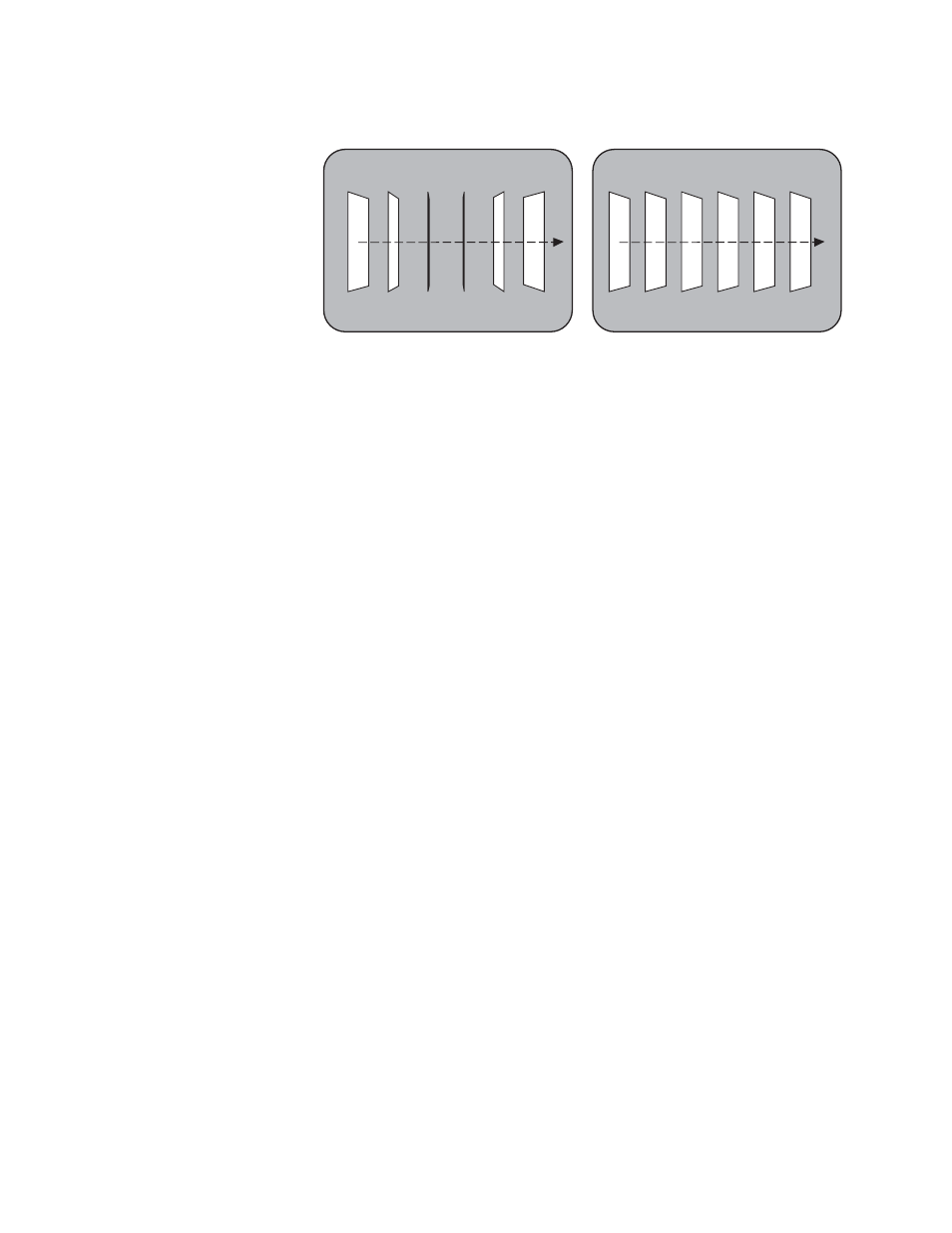Front and back, near and far, Transform numbering systems – Grass Valley Kayenne XL Package v.7.0.4 User Manual
Page 65

Kayenne XL Package — User Manual
63
3-D Digital Effects Concepts
Figure 30. Post Transform Translation
All post transform functions are made relative to the monitor screen frame
of reference. For example, a positive X post transform always moves to the
right side of the screen.
Front and Back, Near and Far
Pictures manipulated by a Kayak HD Digital Picture Manipulator have
front and back sides, each of which is revealed in turn as the picture spins
or rotates. After a picture has been translated it can be difficult to determine
which side was originally on the front and which was originally on the
back. This distinction can be important when, for example, different
sources are being selected for different sides of an effect.
The system uses a Near and Far convention to ease system operation. Near
is always the side of the picture that is visible (facing toward the viewer),
and Far is the hidden side of the picture (facing away from the viewer). The
current Near side can be either the front side or the back side of the picture,
depending on orientation. For example, to change the source on the visible
image, just change the Near side. To change the source on the hidden side,
change the Far side. You do not need to know whether the image being
changed is actually the front or back side.
Transform Numbering Systems
The Kayenne XL Package Digital Picture Manipulator uses the following
numbering systems to precisely define picture locations, picture size, and
picture rotation and spin.
0865_09
X Axis Translation
with Locate 3-D
X Axis Translation
with Post Xform